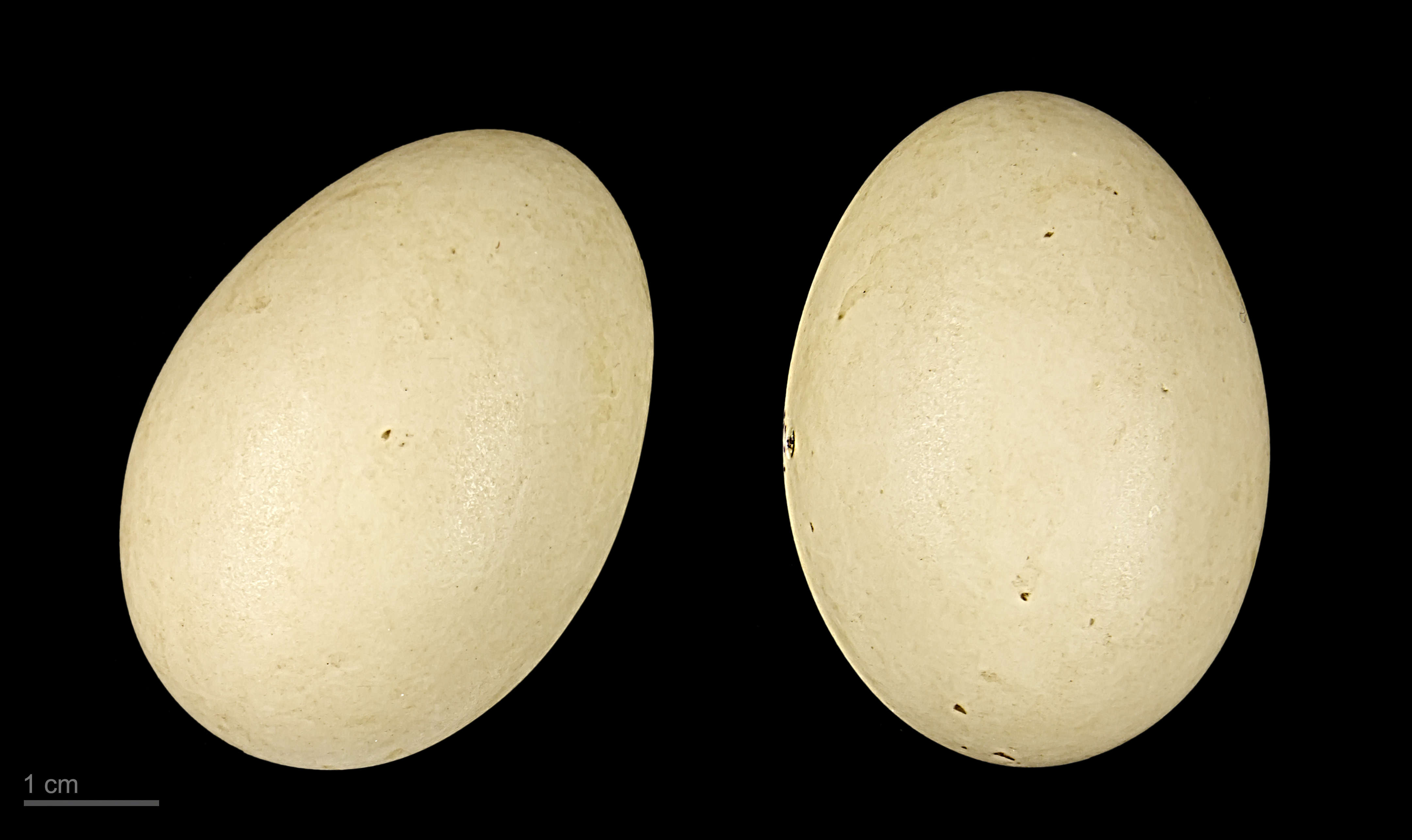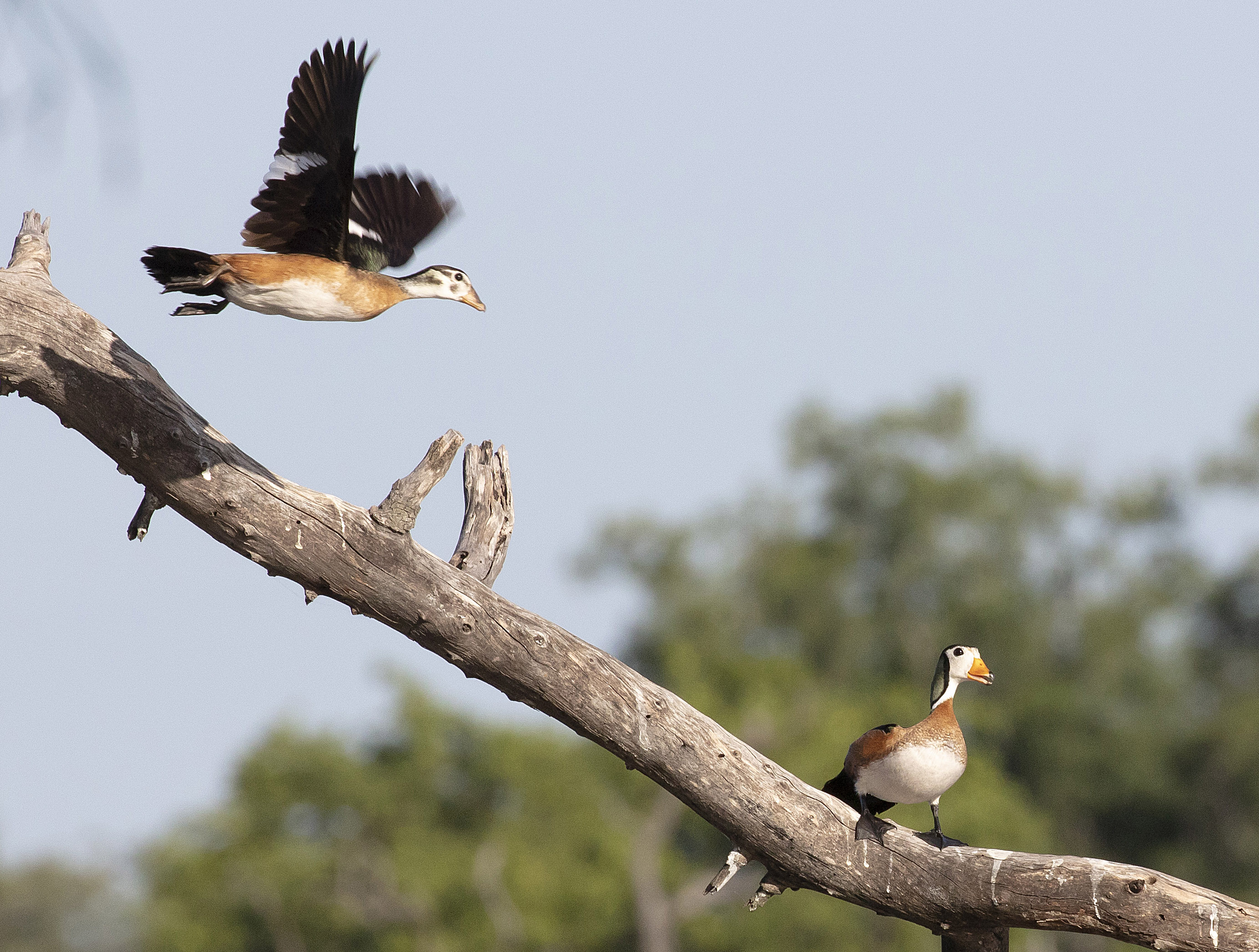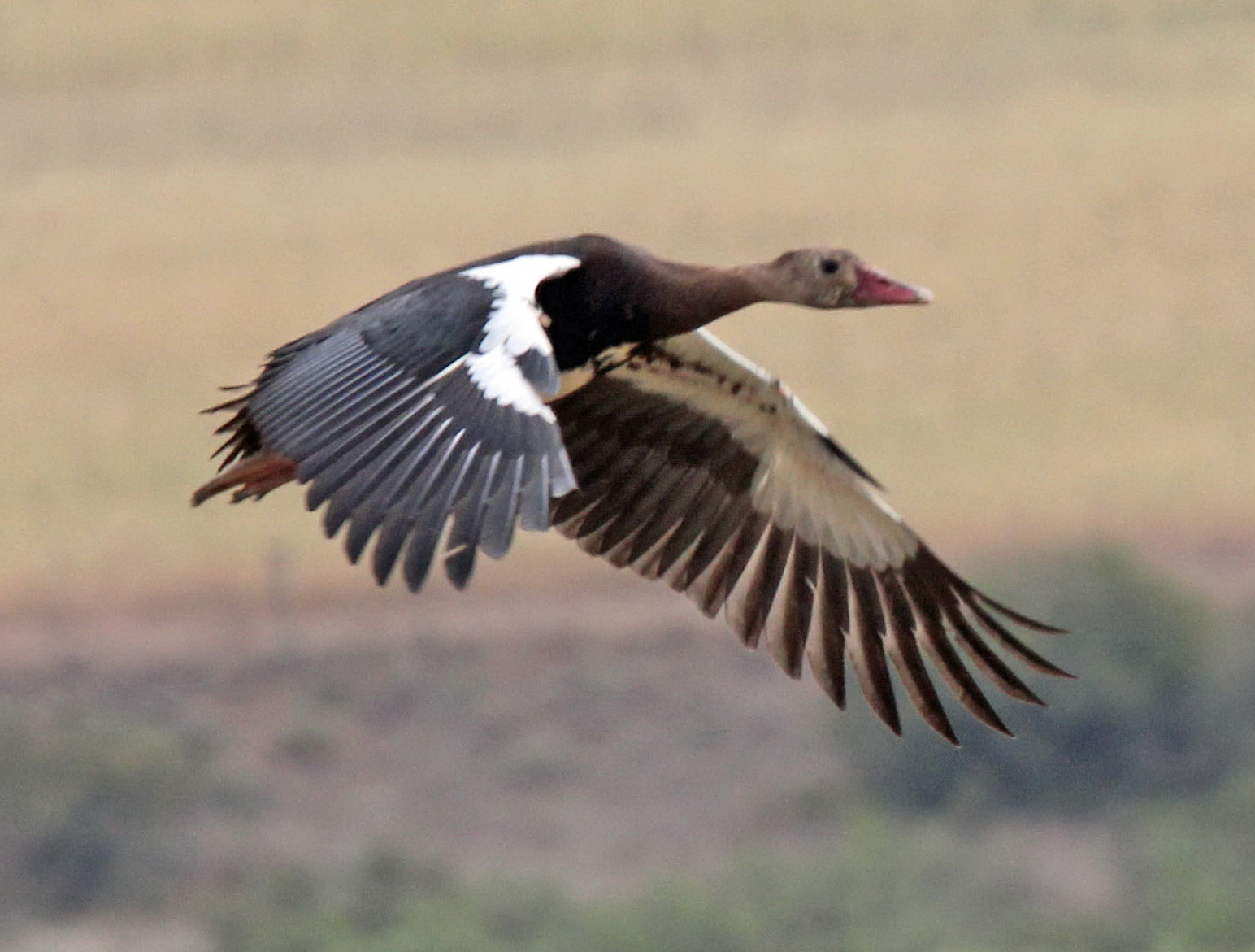|
List Of Birds Of Kenya
This is a list of the bird species recorded in Kenya. The avifauna of Kenya included a total of 1158 confirmed species as of July 2023. Of them, 11 are endemic, and 4 have been introduced by humans. An additional three species are considered "hypothetical" (see below) and are not included in the count. Unless otherwise noted, the list is that of Avibase. This list's taxonomic treatment (designation and sequence of orders, families and species) and nomenclature (English and scientific names) are those of ''The Clements Checklist of Birds of the World'', 2022 edition.Clements, J. F., T. S. Schulenberg, M. J. Iliff, S. M. Billerman, T. A. Fredericks, B. L. Sullivan, and C. L. Wood. 2022. The eBird/Clements Checklist of Birds of the World: v2022. Downloaded from https://www.birds.cornell.edu/clementschecklist/updateindex/october-2022/ Retrieved November 1, 2022. The following tags highlight several categories of occurrence other than regular migrants and non-endemic residents. The n ... [...More Info...] [...Related Items...] OR: [Wikipedia] [Google] [Baidu] |
Swan
Swans are birds of the family (biology), family Anatidae within the genus ''Cygnus''. The swans' closest relatives include the goose, geese and ducks. Swans are grouped with the closely related geese in the subfamily Anserinae where they form the tribe (biology), tribe Cygnini. Sometimes, they are considered a distinct subfamily, Cygninae. There are six living and many extinct species of swan; in addition, there is a species known as the coscoroba swan which is no longer considered one of the true swans. Swans usually mate for life, although "divorce" sometimes occurs, particularly following nesting failure, and if a mate dies, the remaining swan will take up with another. The number of bird egg, eggs in each :wikt:clutch, clutch ranges from three to eight. Etymology and terminology The English word ''swan'', akin to the German language, German , Dutch language, Dutch and Swedish language, Swedish , is derived from Indo-European root ' ('to sound, to sing'). Young swans are kn ... [...More Info...] [...Related Items...] OR: [Wikipedia] [Google] [Baidu] |
Eurasian Wigeon
The Eurasian wigeon or European wigeon (''Mareca penelope''), also known as the widgeon or the wigeon, is one of three species of wigeon in the dabbling duck genus ''Mareca''. It is common and widespread within its Palearctic range. Taxonomy The Eurasian wigeon was described by Carl Linnaeus in his landmark 1758 10th edition of ''Systema Naturae'' under the binomial name ''Anas penelope''. ''Anas'' is the Latin word for "duck", and ''penelope'' refers to a duck that was supposed to have rescued Penelope when she was thrown into the sea. Her name derives from Ancient Greek πήνη ''pene'', "braid" and ὤψ ''ops'' "appearance", from the ruse she used to deter suitors while her husband Ulysses was absent. Description This dabbling duck is long with a wingspan, and a weight of . The breeding male has grey flanks and back, with a black rear end, a dark green speculum and a brilliant white patch on upper wings, obvious in flight or at rest. It has a pink breast, white belly, ... [...More Info...] [...Related Items...] OR: [Wikipedia] [Google] [Baidu] |
Gadwall
The gadwall (''Mareca strepera'') is a common and widespread dabbling duck in the family Anatidae. Taxonomy The gadwall was first described by Carl Linnaeus in his landmark 1758 10th edition of ''Systema Naturae''. DNA studies have shown that it is a sister species with the falcated duck; the two are closely related to the three species of wigeons, and all of them have been assigned to the genus ''Mareca''. There are two subspecies: * ''M. s. strepera'', the common gadwall, described by Linnaeus, is the nominate subspecies. * ''M. s. couesi'', Coues's gadwall, extinct 1874, was formerly found only on Teraina, a coral atoll in the Pacific Ocean. The specific name ''strepera'' is Late Latin for "noisy". The etymology of the word ''gadwall'' is not known, but the name has been in use since 1666. Description The gadwall is long with a wingspan. The male is slightly larger than the female, weighing on average against her . The breeding male is patterned grey, with a black re ... [...More Info...] [...Related Items...] OR: [Wikipedia] [Google] [Baidu] |
Northern Shoveler
The northern shoveler (; ''Spatula clypeata''), known simply in Britain as the shoveler, is a common and widespread duck. It breeds in northern areas of Europe and across the Palearctic and across most of North America, wintering in southern Europe, the Indian subcontinent, Southeast Asia, Central, the Caribbean, and northern South America. It is a rare vagrant to Australia. In North America, it breeds along the southern edge of Hudson Bay and west of this body of water, and as far south as the Great Lakes west to Colorado, Nevada, and Oregon. The northern shoveler is one of the species to which the ''Agreement on the Conservation of African-Eurasian Migratory Waterbirds'' (AEWA) applies. The conservation status of this bird is Least Concern. Taxonomy The northern shoveler was first formally described by the Swedish naturalist Carl Linnaeus in 1758 in the tenth edition of his ''Systema Naturae''. He introduced the binomial name ''Anas clypeata''. A molecular phylogentic study ... [...More Info...] [...Related Items...] OR: [Wikipedia] [Google] [Baidu] |
Blue-billed Teal
The blue-billed teal, spotted teal or Hottentot teal (''Spatula hottentota'') is a species of dabbling duck of the genus ''Spatula''. It is migratory resident in eastern and southern Africa, from Sudan and Ethiopia west to Niger and Nigeria and south to South Africa and Namibia.Clements, J. (2007) In west Africa and Madagascar it is sedentary. The blue-billed teal breed year round, depending on rainfall, and stay in small groups or pairs. They build nests above water in tree stumps and use vegetation. Ducklings leave the nest soon after hatching, and the mother's parenting is limited to providing protection from predators and leading young to feeding areas."Hottentot Teal Fact Sheet, Lincoln Park Zoo" This species is omnivorous and prefers smaller shallow bodies of water. The blue-b ... [...More Info...] [...Related Items...] OR: [Wikipedia] [Google] [Baidu] |
Garganey
The garganey (''Spatula querquedula'') is a small dabbling duck. It breeds in much of Europe and across the Palearctic, but is strictly migratory, with the entire population moving to southern Africa, India (in particular Santragachi), Bangladesh (in the natural reservoirs of Sylhet district) and Australasia during the winter of the Northern hemisphere, where large flocks can occur. This species was first described by Carl Linnaeus in his landmark 1758 10th edition of ''Systema Naturae''. Like other small ducks such as the Eurasian teal, this species rises easily from the water with a fast twisting wader-like flight. Their breeding habitat is grassland adjacent to shallow marshes and steppe lakes. Taxonomy The first formal description of the garganey was by the Swedish naturalist Carl Linnaeus in 1758 in the tenth edition of his ''Systema Naturae''. He introduced the binomial name ''Anas querquedula''. A molecular phylogentic study comparing mitochondrial DNA sequences publis ... [...More Info...] [...Related Items...] OR: [Wikipedia] [Google] [Baidu] |
African Pygmy-goose
The African pygmy goose (''Nettapus auritus'') is a perching duck from sub-Saharan Africa. It is the smallest of Africa's waterfowl Anseriformes is an order of birds also known as waterfowl that comprises about 180 living species of birds in three families: Anhimidae (three species of screamers), Anseranatidae (the magpie goose), and Anatidae, the largest family, which in ..., and one of the smallest in the world. Though pygmy goose, pygmy geese have beaks like those of geese, they are more related to the dabbling ducks and other species called 'ducks'. It is one of the species to which the ''Agreement on the Conservation of African-Eurasian Migratory Waterbirds'' (AEWA) applies. Taxonomy The African pygmy goose was described by the French polymath Georges-Louis Leclerc, Comte de Buffon in his ''Histoire Naturelle des Oiseaux'' in 1785. The bird was also illustrated in a hand-coloured plate engraved by François-Nicolas Martinet in the ''Planches Enluminées D'Histoire N ... [...More Info...] [...Related Items...] OR: [Wikipedia] [Google] [Baidu] |
Spur-winged Goose
The spur-winged goose (''Plectropterus gambensis'') is a large bird in the family Anatidae, related to the geese and the shelducks, but distinct from both of these in a number of anatomical features, and therefore treated in its own subfamily, the Plectropterinae. It occurs in wetlands throughout sub-Saharan Africa. Description Adults are long and weigh on average , rarely up to , with males noticeably larger than the females. The wingspan can range from .Ogilvie & Young, ''Wildfowl of the World''. New Holland Publishers (2004), One source claims the average weight of males is around and the weight of females is around . However, 11 geese of this species banded in South Africa were found to average only , with a range of .''CRC Handbook of Avian Body Masses, 2nd Edition'' by John B. Dunning Jr. (Editor). CRC Press (2008), . Another study in South Africa found that 58 males weighed an average of and measured in total length; while 34 females averaged in weight and in total ... [...More Info...] [...Related Items...] OR: [Wikipedia] [Google] [Baidu] |
Ruddy Shelduck
The ruddy shelduck (''Tadorna ferruginea''), known in India as the Brahminy duck, is a member of the family Anatidae. It is a distinctive waterfowl, in length with a wingspan of . It has orange-brown body plumage with a paler head, while the tail and the flight feathers in the wings are black, contrasting with the white wing-coverts. It is a migratory bird, wintering in the Indian subcontinent and breeding in southeastern Europe and central Asia, though there are small resident populations in North Africa. It has a loud honking call. The ruddy shelduck mostly inhabits inland water-bodies such as lakes, reservoirs and rivers. The male and female form a lasting pair bond and the nest may be well away from water, in a crevice or hole in a cliff, tree or similar site. A clutch of about eight eggs is laid and is incubated solely by the female for about four weeks. The young are cared for by both parents and fledge about eight weeks after hatching. In central and eastern Asia, pop ... [...More Info...] [...Related Items...] OR: [Wikipedia] [Google] [Baidu] |
Egyptian Goose
The Egyptian goose (''Alopochen aegyptiaca'') is a member of the duck, goose, and swan family Anatidae. It is native to Africa south of the Sahara and the Nile Valley. Egyptian geese were considered sacred by the Ancient Egyptians, and appeared in much of their artwork. Because of their popularity chiefly as an ornamental bird, escapees are common and feral populations have become established in Western Europe, the United States, and New Zealand. Taxonomy The Egyptian goose is believed to be most closely related to the shelducks (genus ''Tadorna'') and their relatives, and is placed with them in the subfamily Tadorninae. It is the only extant member of the genus ''Alopochen'', which also contains closely related prehistoric and recently extinct species. mtDNA cytochrome ''b'' sequence data suggest that the relationships of ''Alopochen'' to ''Tadorna'' need further investigation. Etymology The generic name ''Alopochen'' (literally, ''fox-goose'') is based on Greek (''alōpós ... [...More Info...] [...Related Items...] OR: [Wikipedia] [Google] [Baidu] |
Knob-billed Duck
The knob-billed duck (''Sarkidiornis melanotos''), or African comb duck, is a duck found in tropical wetlands in Sub-Saharan Africa, Madagascar and the Indian Subcontinent from northern India to Laos and extreme southern China. Most taxonomic authorities split this species and the comb duck from each other. The supposed extinct "Mauritian comb duck" is based on misidentified remains of the Mauritius sheldgoose (''Alopochen mauritiana''); this was realized as early as 1897, but the mistaken identity can still occasionally be found in recent sources. Description and systematics This common species is unmistakable. It is one of the largest species of duck. Length can range from , wingspan ranges from and weight from . biodiver ... [...More Info...] [...Related Items...] OR: [Wikipedia] [Google] [Baidu] |


_female_and_male_dabbling.jpg)
.jpg)

_in_AP_W_IMG_2844.jpg)



